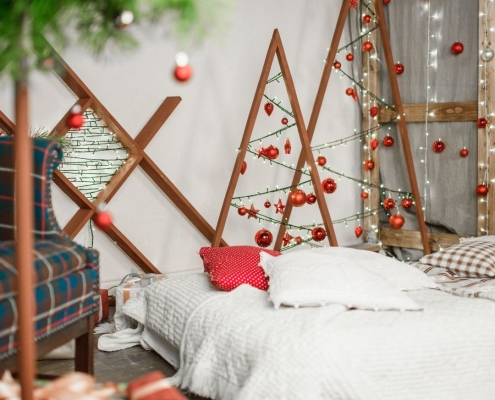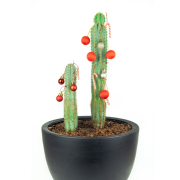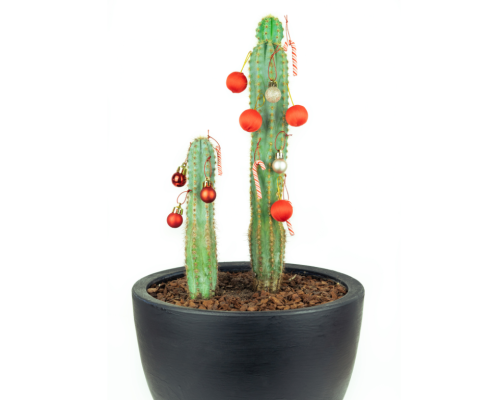Will you be faking it, keeping it real or going with an alternative approach for your Christmas tree this year?
England’s first Christmas tree was brought to Windsor Castle by Queen Charlotte, wife of King George III, in 1800 but it was Queen Victoria that led to their popularity throughout the UK around 40 years later.
Since then, it’s become a widespread tradition to see Christmas trees in UK homes throughout the festive period. These days we have the lots of choice when it comes to our Christmas trees, including real or fake ones. Both have their own pros and cons but which is the most environmentally friendly?
Faking it
Fake Christmas trees are made from plastic and are often shipped over from China.
Around two thirds of an average artificial Christmas tree’s carbon footprint is from the plastic (mostly PVC film) that it is made from, which is produced from carbon intensive oil.
Another quarter is created by the industrial emissions produced when the tree is made. The Carbon Trust estimates that a 2 metre artificial tree has a carbon footprint around 40kg CO2e, more than twice that of a real tree (if landfilled), and more than ten times that of real trees that are burnt on a bonfire.
While an artificial tree uses a lot of carbon in its production, it can overtake real trees in terms of environmental benefit if it’s reused for 10 years or more. The key here is to look after the tree and use it for as long as possible!
Keeping it real
Unlike artificial trees, a real Christmas tree naturally absorbs CO2 and releases oxygen. The Soil Association also highlights benefits in real trees providing habitats for wildlife during the 10-12 years they take to grow.
Increasingly, trees are being grown for sale in the UK rather than being imported from abroad. There are also codes of practice to ensure trees are grown in the most environmentally friendly and sustainable ways. Make sure to buy from a member of the British Christmas Tree Growers Association (visit www.bctga.co.uk to access a list of members).
Buying a British grown tree supports the local economy, helps the agriculture sector and reduces the carbon footprint of importation.
For a 2 metre tall, real Christmas tree with no roots, the carbon footprint in 16kg CO2e if it ends up in landfill, (source: The Carbon Trust). The footprint can be reduced if the tree is shredded or chipped for use as a mulch. Most local authorities offer a Christmas tree shredding service or accept Christmas trees at local recycling centres.
The final verdict
There is no one right answer when it comes to choosing a Christmas tree. The most sustainable option depends heavily on which specific tree you choose, as well as how long you plan to reuse it for and how you will dispose of it!
An artificial tree can be a better option if it’s re-used for 10 years or more. So, if you already have an artificial tree, keep using it! If it’s seen better days, consider buying a second hand artificial tree to keep the carbon footprint to a minimum.
If a real tree is your preference, buy from a local supplier that follows good environmental and sustainable practices. A real tree that is recycled – by chipping – or is kept growing in a pot or the garden, can have negligible or even negative carbon emissions.
Buck the trend
An increasingly popular alternative is not to have a traditional Christmas tree at all!
Alternatives include decorating an existing pot plant or using lights or other materials to create a tree shape on a wall. These work especially well to create a festive feel in smaller rooms where space is limited.
For more alternative Christmas tree inspiration, check out our Pinterest Board here.






























